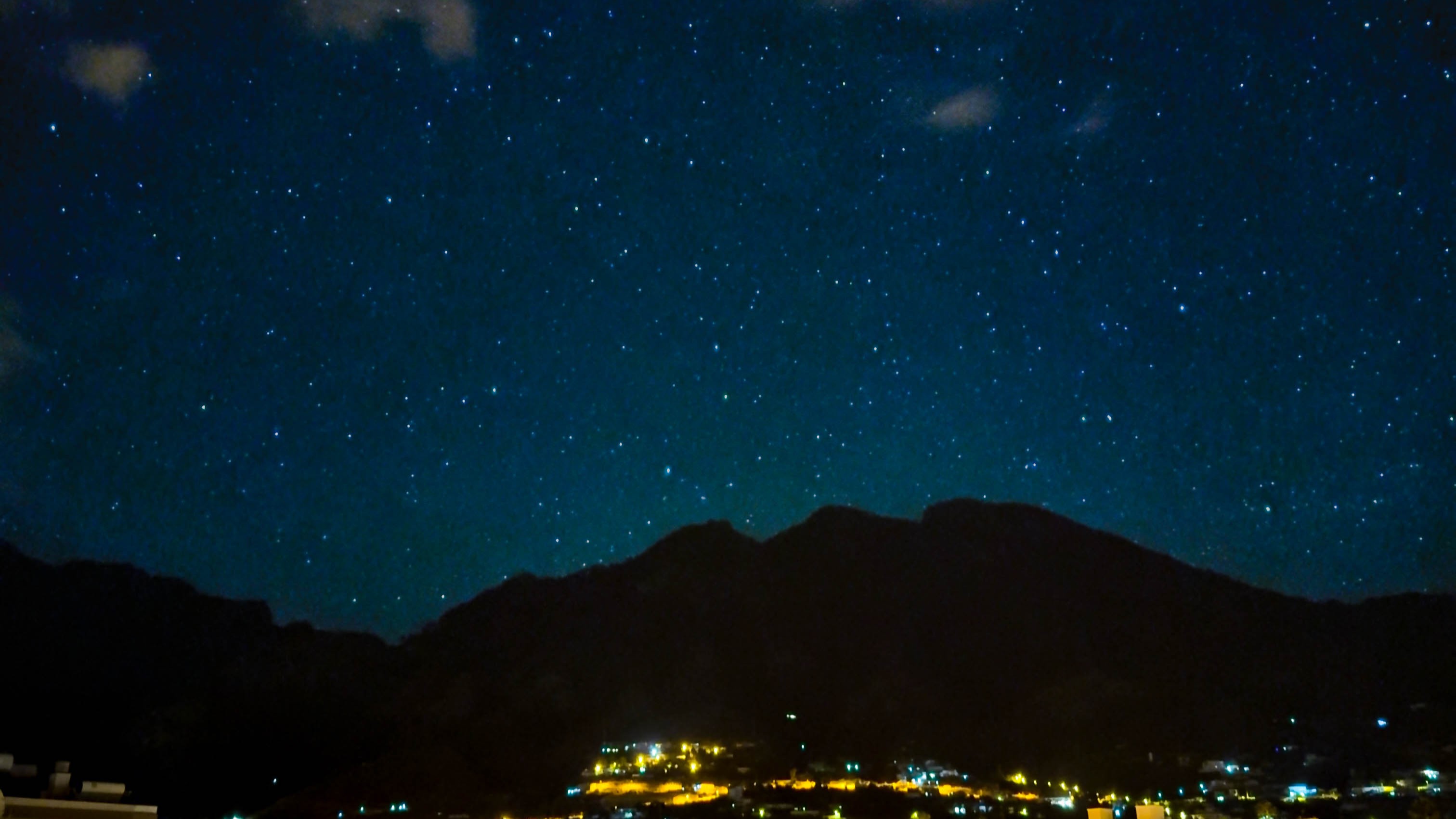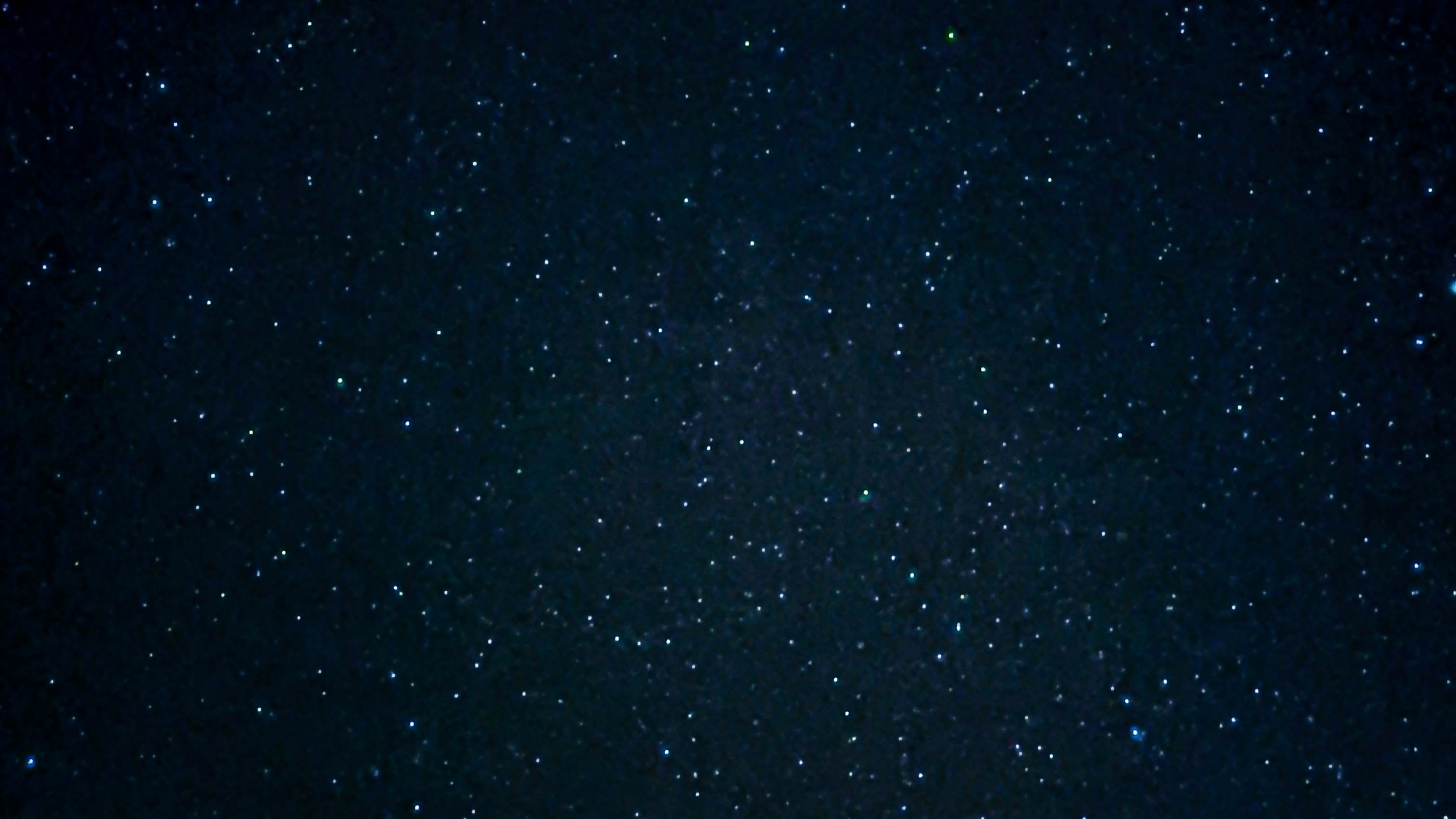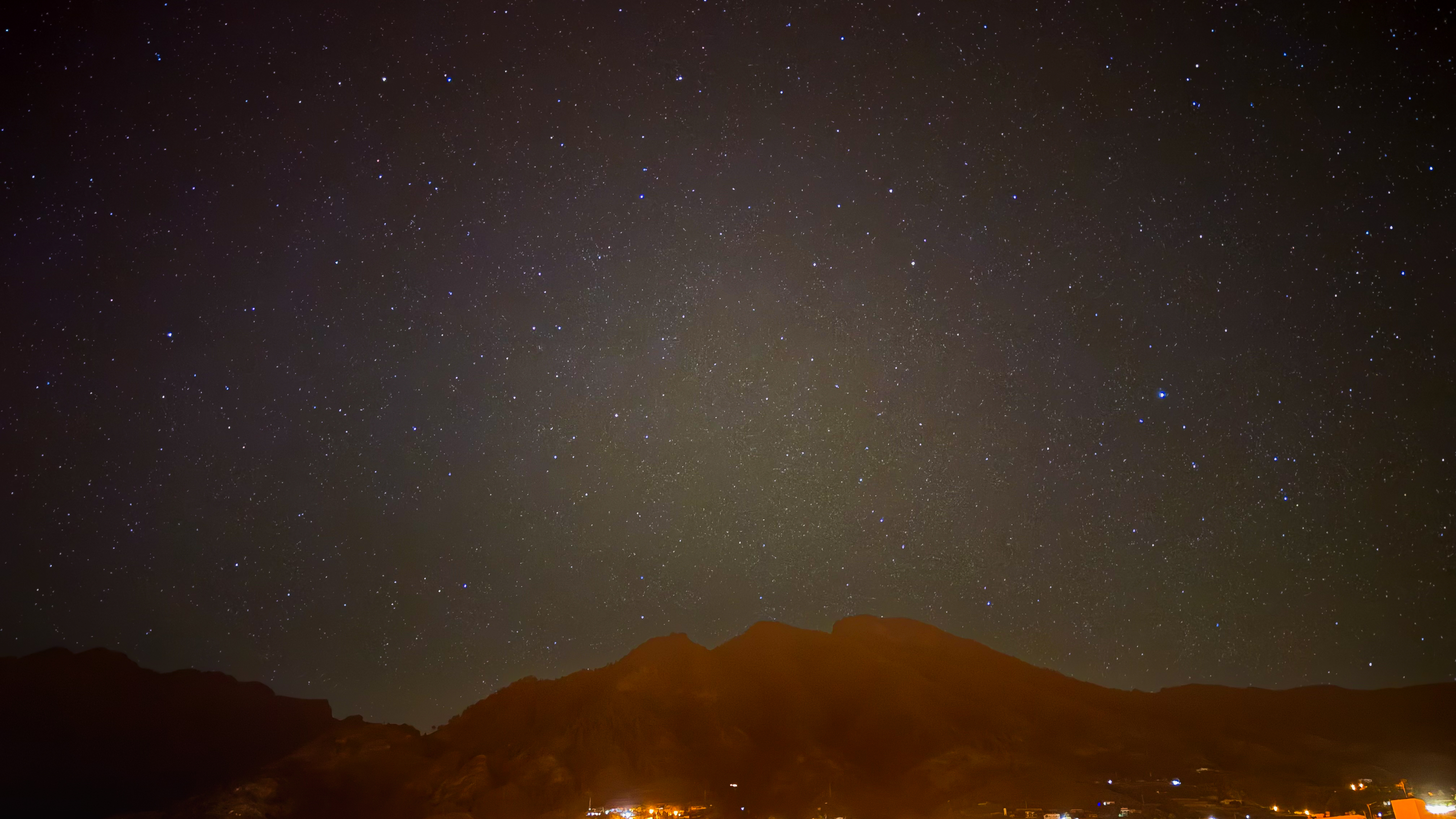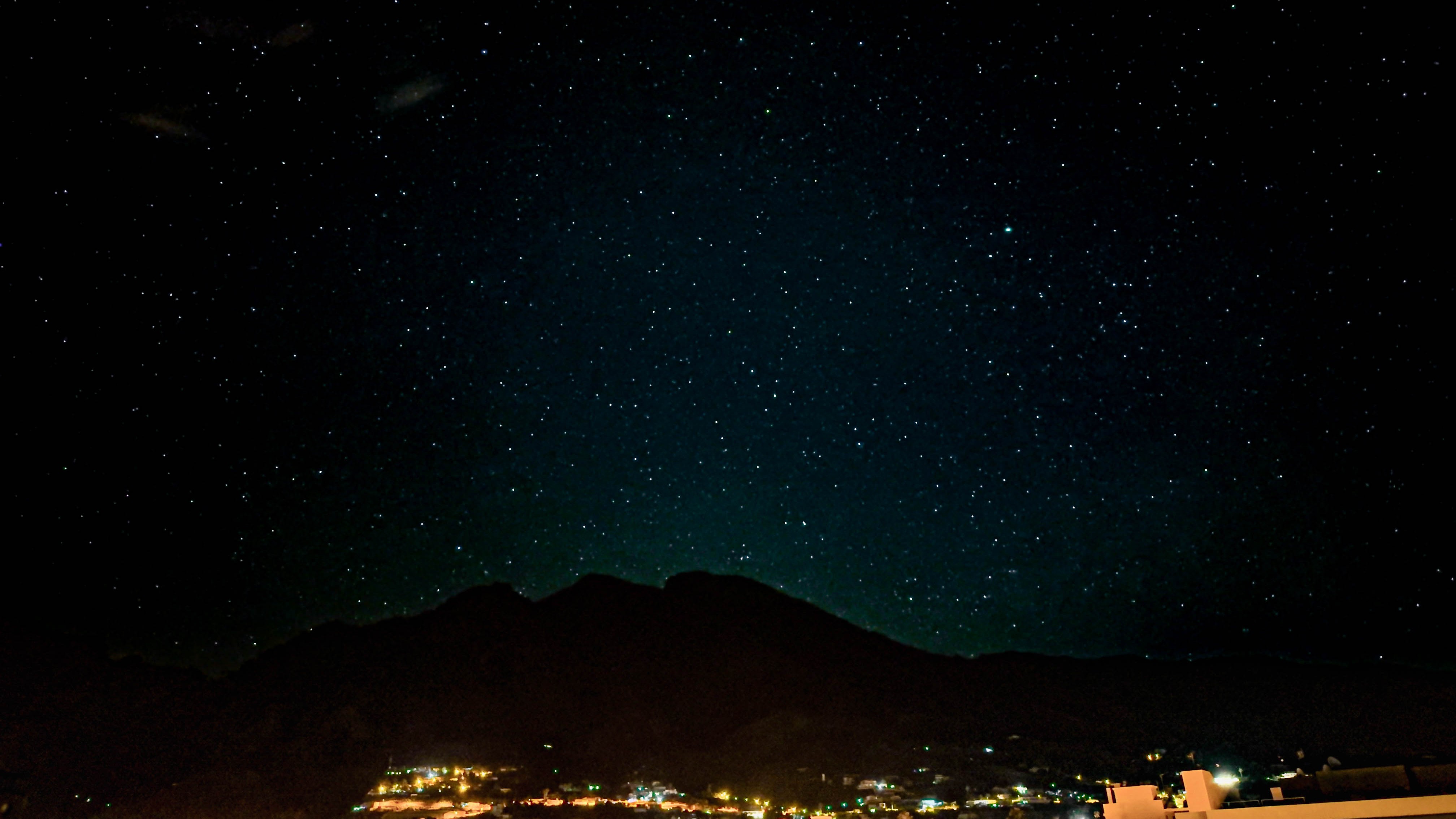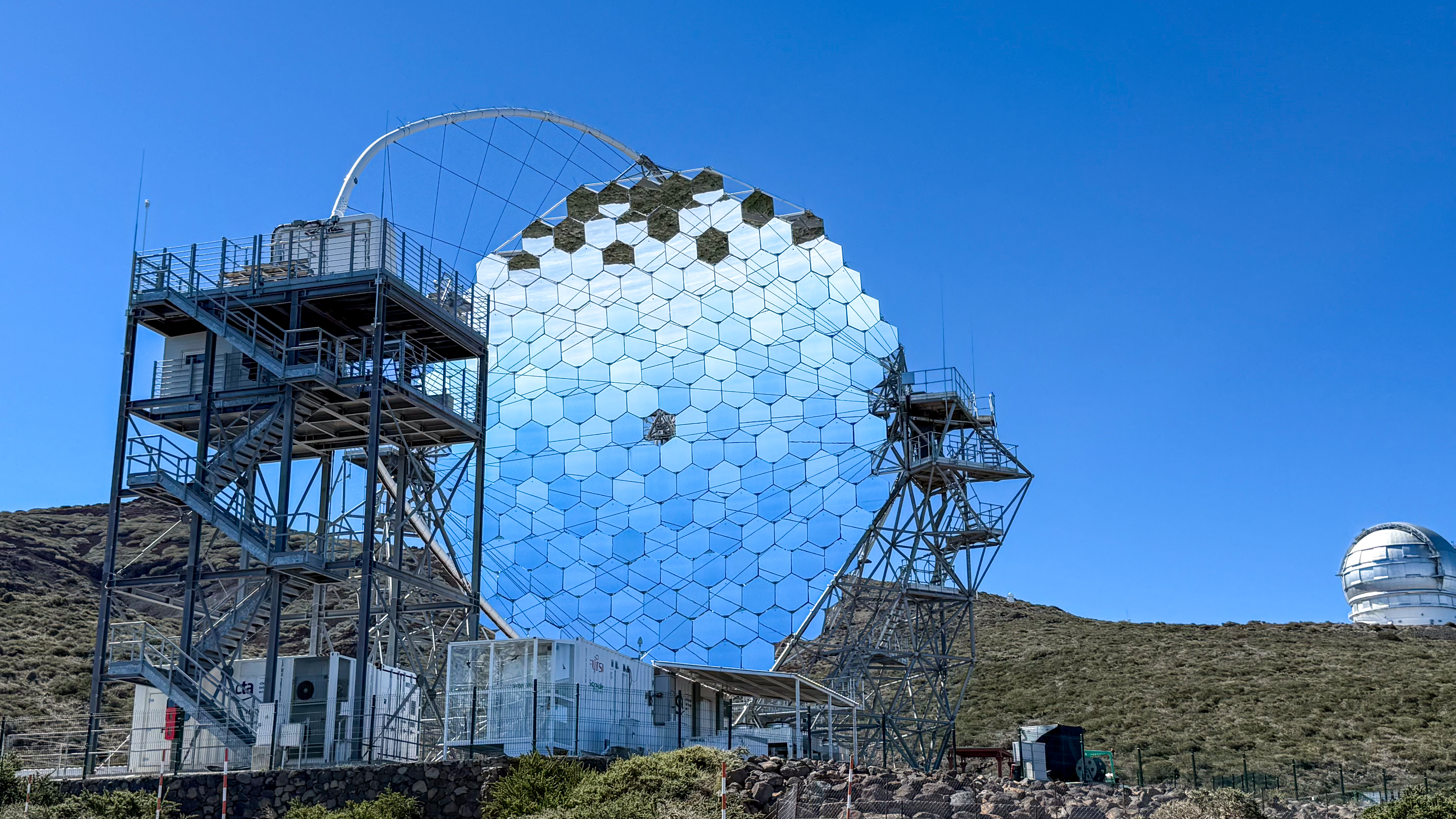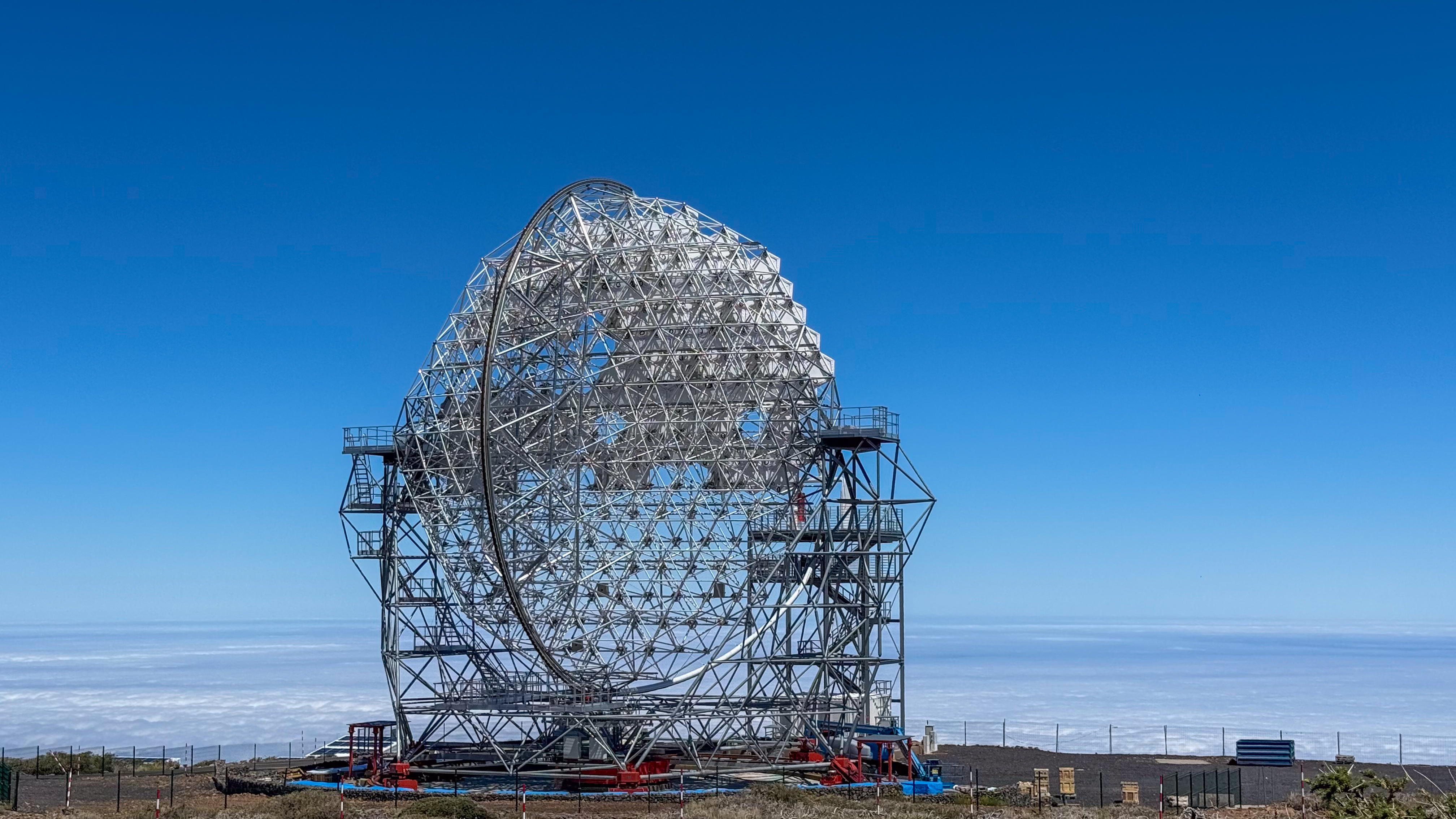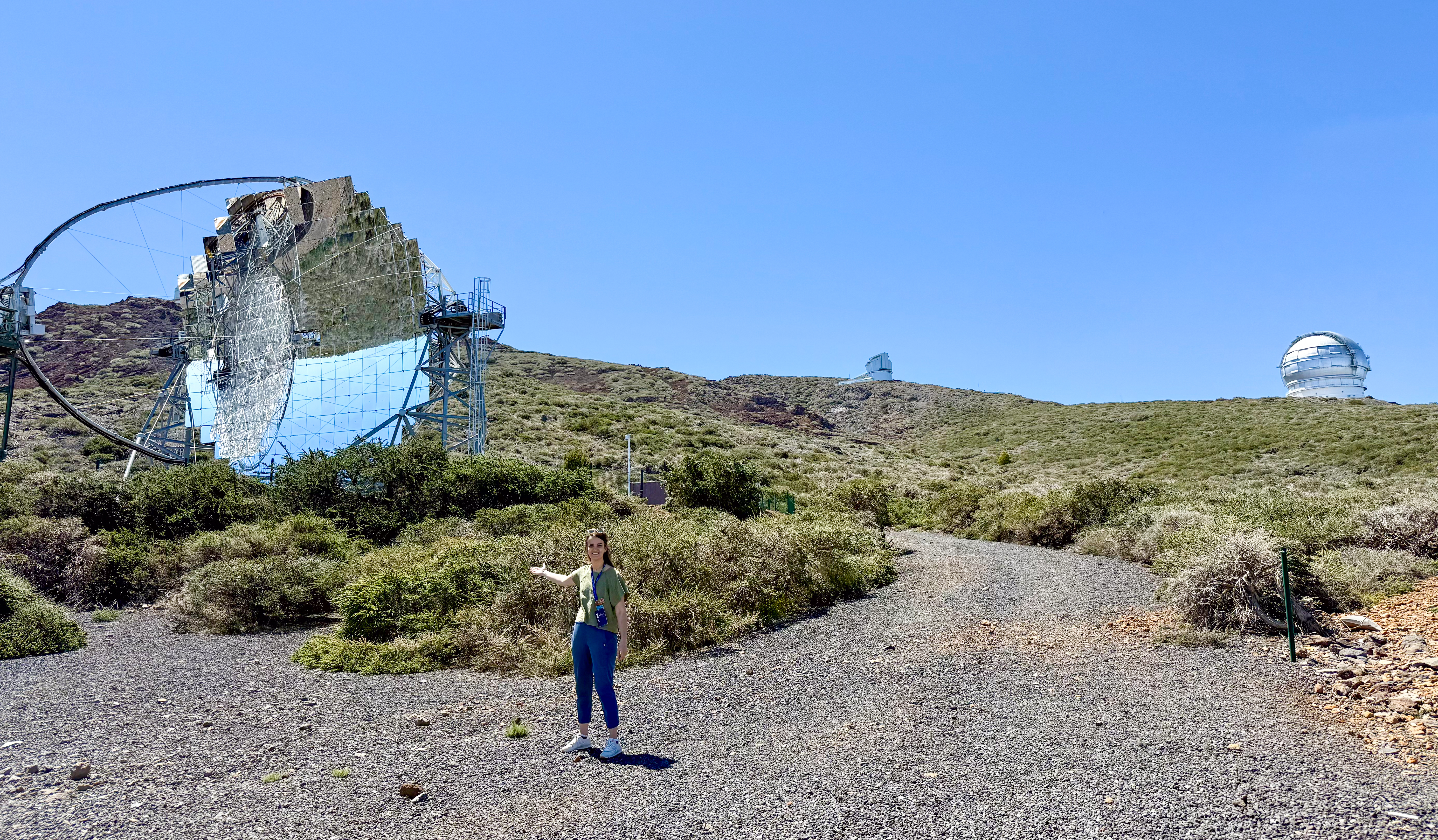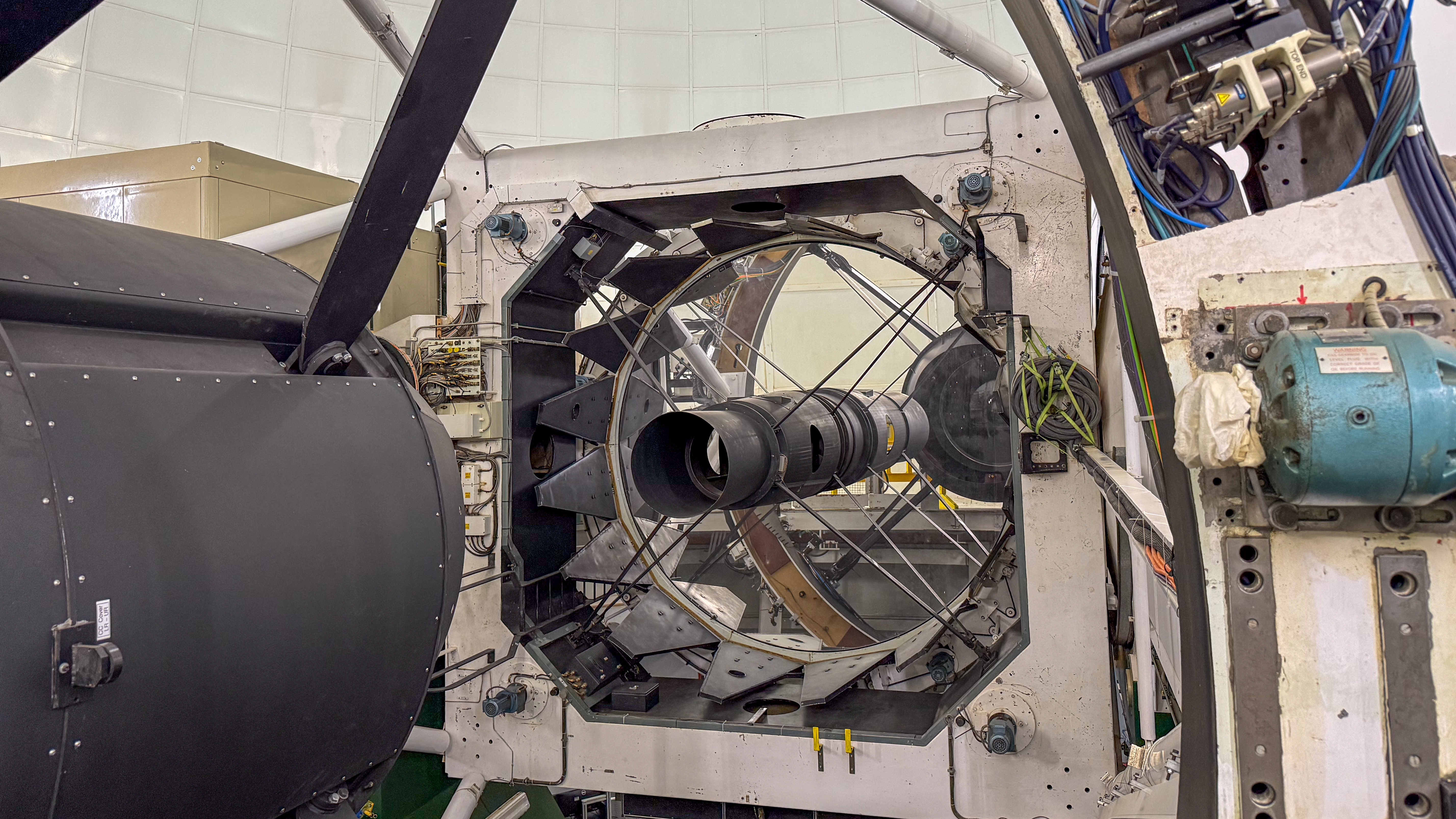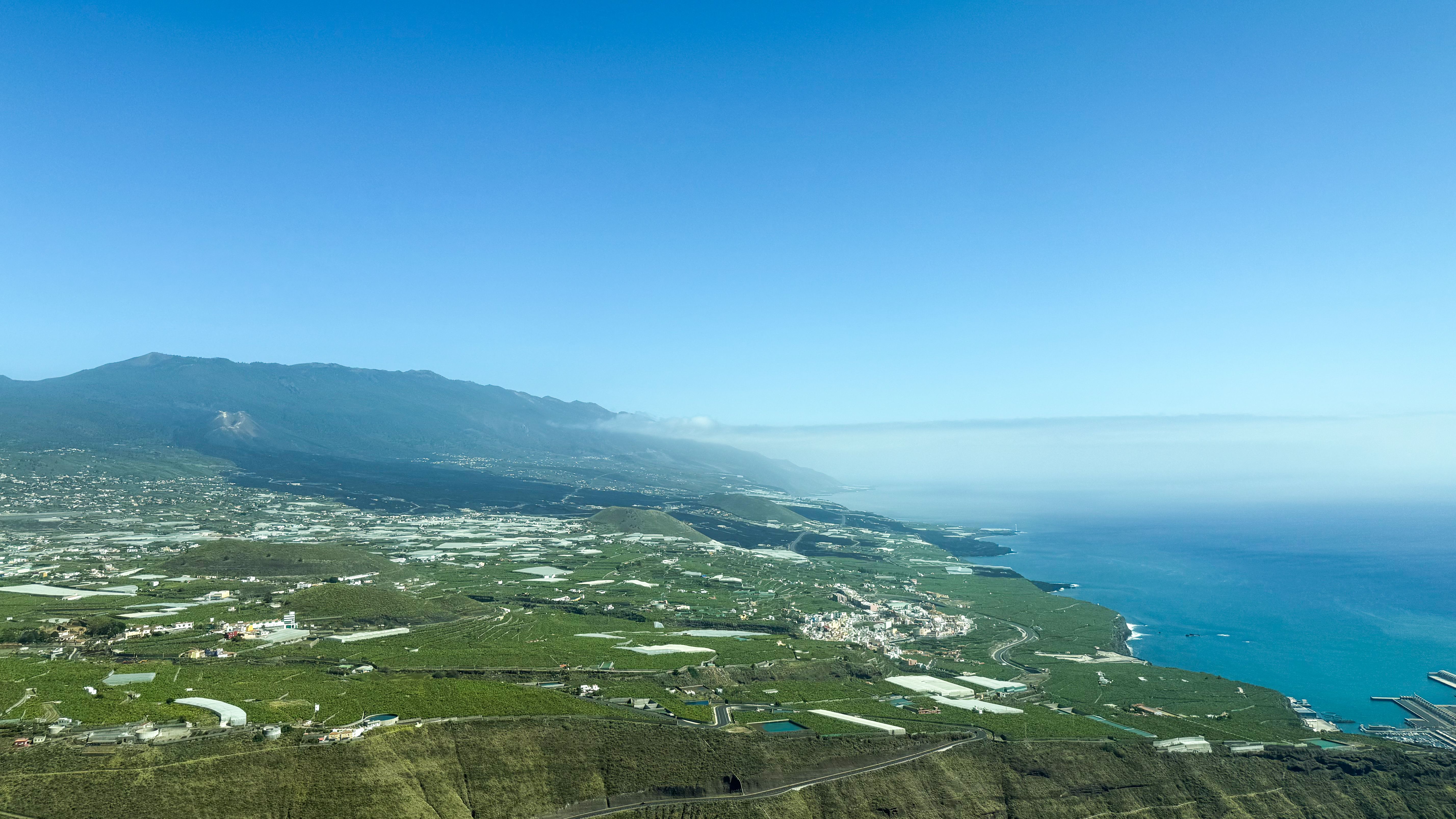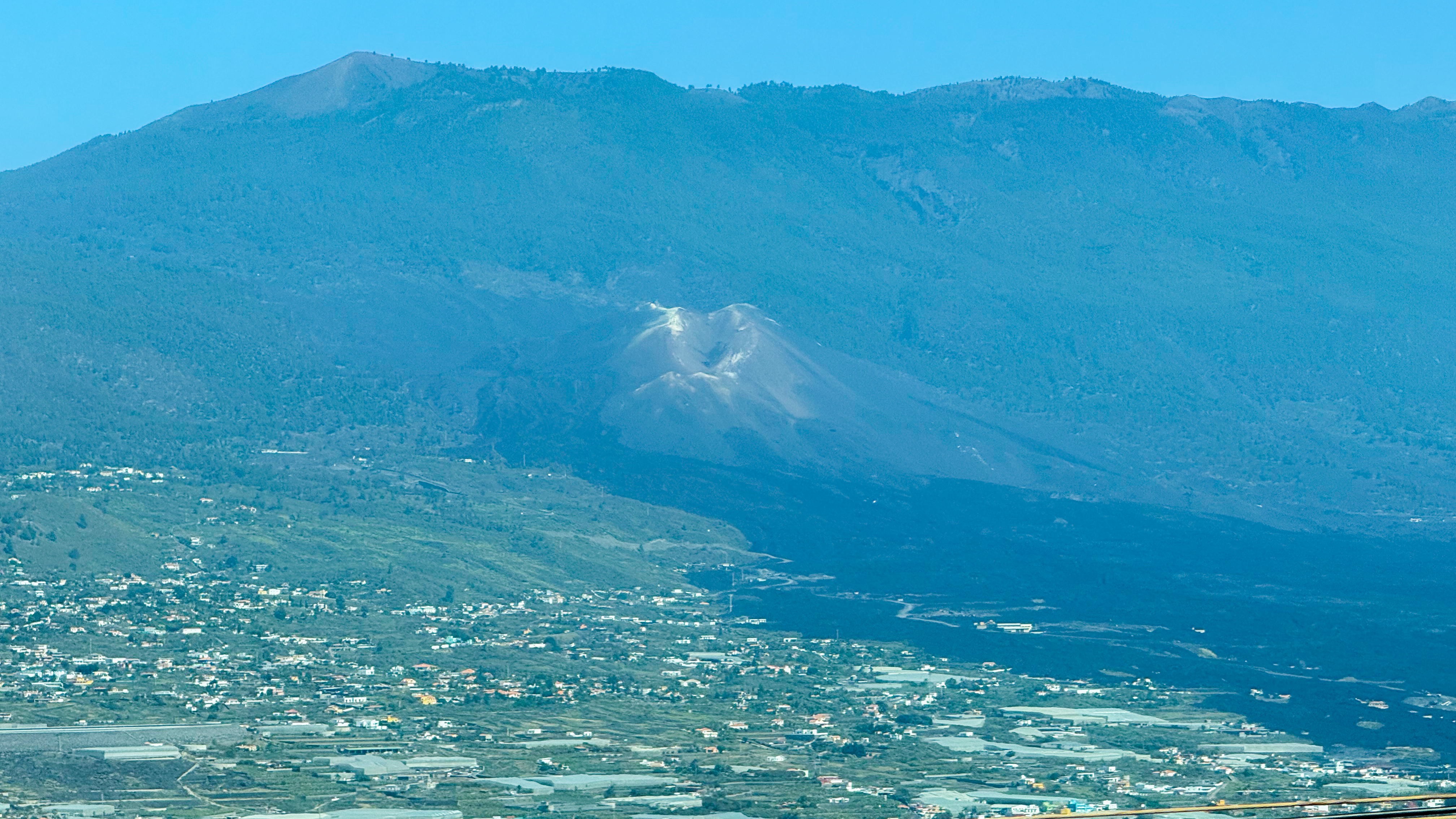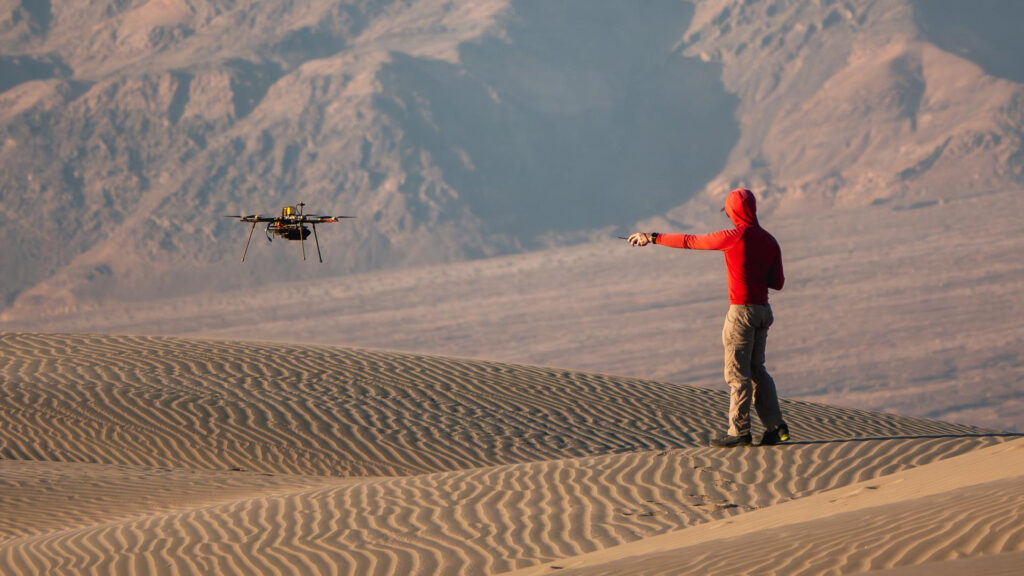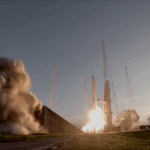Now Reading: I went to STARMUS La Palma for science and music — I came back in love
-
01
I went to STARMUS La Palma for science and music — I came back in love
I went to STARMUS La Palma for science and music — I came back in love
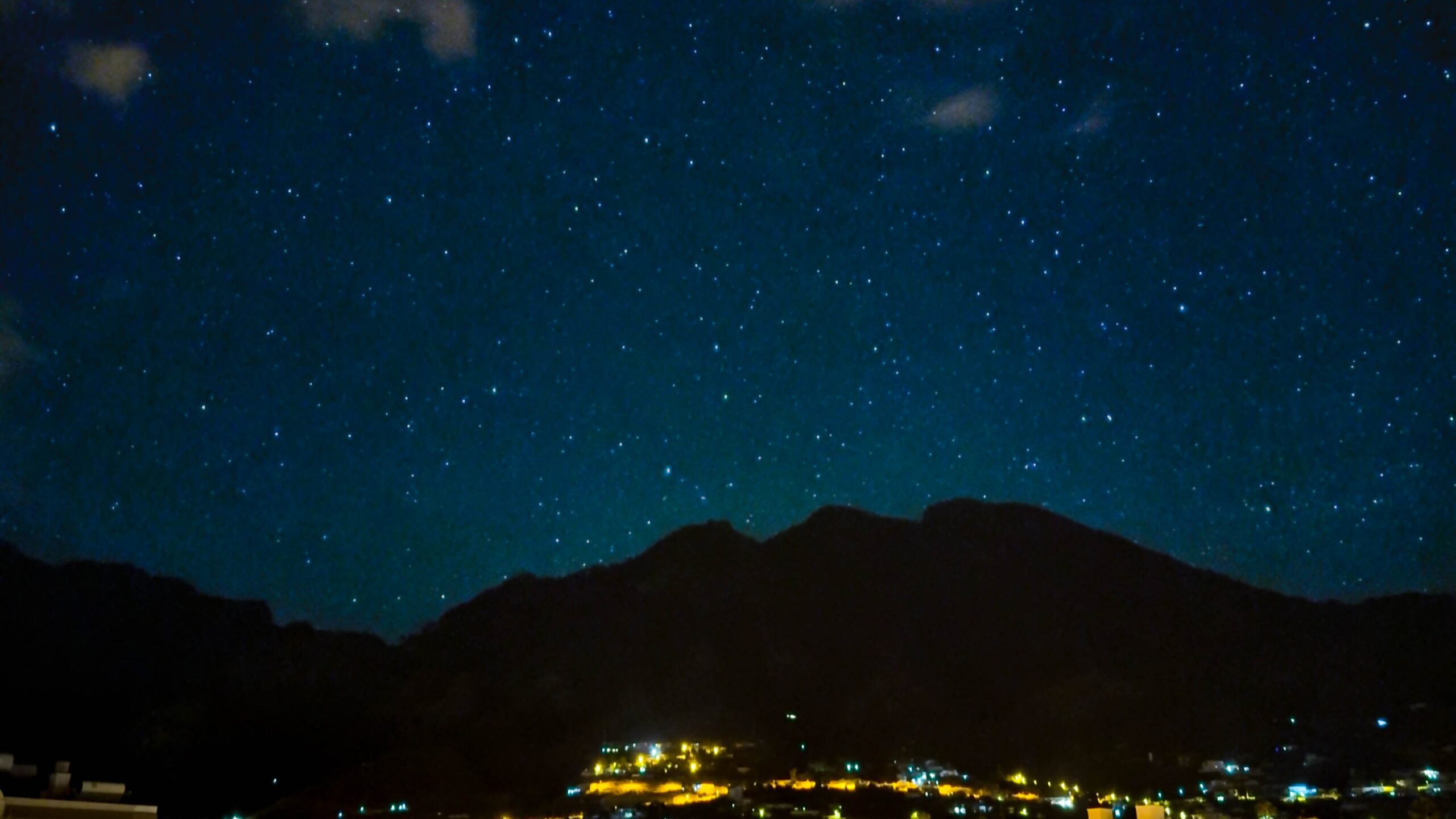
They call La Palma the island of stars, and in April 2025, it became the epicenter for science, stargazing and music. I was there for STARMUS, a festival that brings together Nobel Prize winners, astronauts, musicians and science enthusiasts for several days of talks, performances and cosmic inspiration. But nothing prepared me for the moment I first looked up at the night sky.
Standing upon the rooftop terrace of our hotel, in the beautiful town of Los Llanos de Aridane, I was in awe. The stars didn’t twinkle, they blazed. Despite being far from the prime skywatching sites, the sky overhead was a dazzling dome of starlight. I eagerly reached for my phone, expecting a grainy blur. But to my surprise, the photos captured a sky bursting with stars and distant mountain silhouettes etched against the night sky.
STARMUS La Palma was a truly special experience — one that surrounded me with stars both above and beside me. It was inspiring to walk among some of the world’s brightest minds and biggest dreamers, all gathered on an island that feels as alive as the universe we came to celebrate.
La Palma — The island of stars
The clear skies and lack of light pollution on La Palma, or Isla Bonita (the Beautiful Island), in the Canary Islands off the northwestern coast of Africa, make it a haven for astronomy lovers. In 2007, the island became the world’s first Starlight Reserve, a protected area committed to preserving the quality of the night sky.
“The requirements for a Starlight Reserve specifically address the features, peculiarities and functions of each space, which may relate to the preservation of the conditions for astronomical observation, the conservation of nature, the integrity of nocturnal landscapes or sites of cultural heritage,” according to a statement on the Starlight Foundation website.
The Gran Telescopio Canarias, the world’s largest single-aperture optical telescope, stands as a sentinel of scientific discovery atop Roque de los Muchachos, the highest point on the island at around 7,900 feet (2,426 meters).
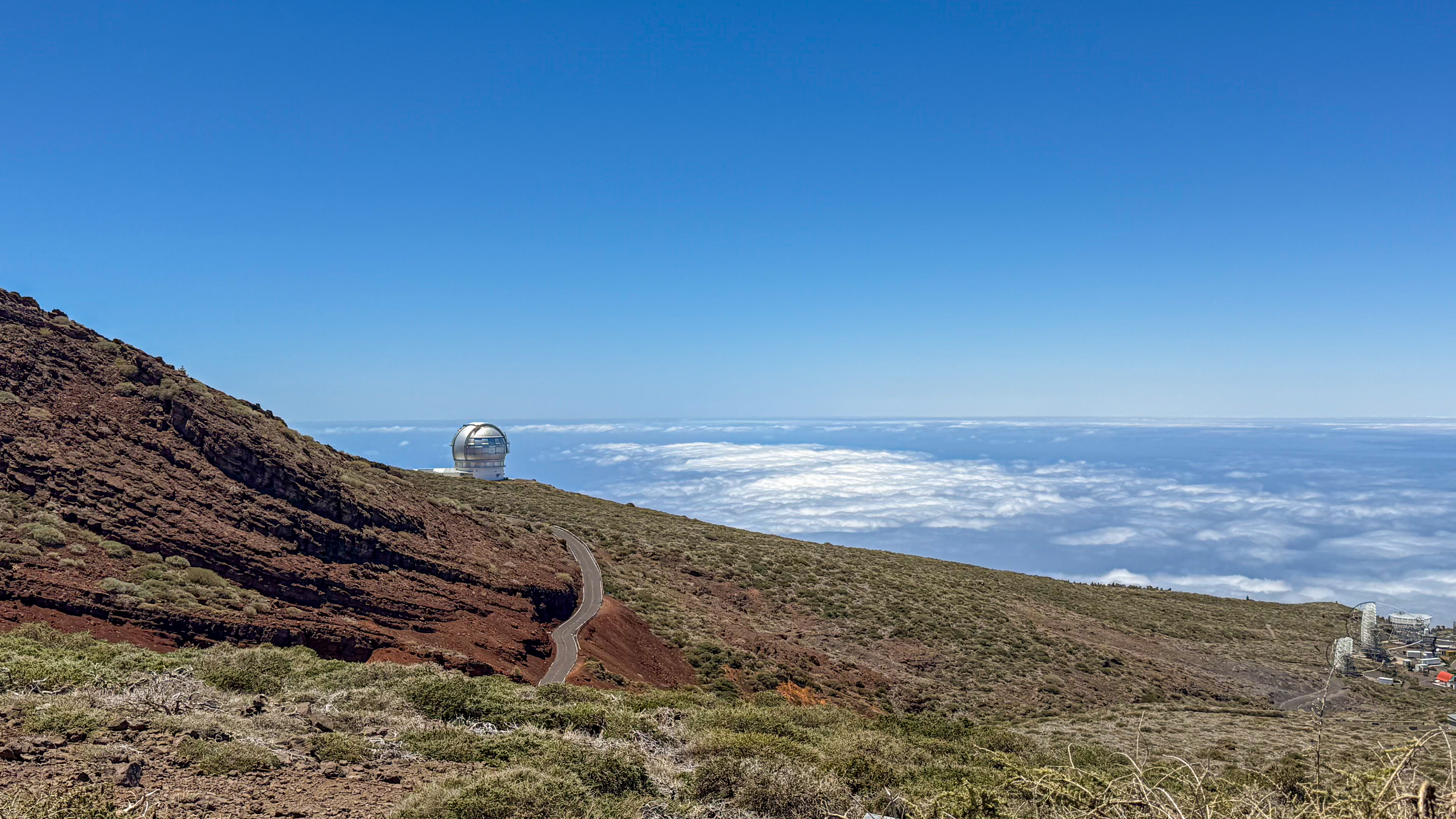
One of the most striking parts of our visit to Roque de los Muchachos, aside from the rather alien landscape as we drove up the mountain, was seeing the Cherenkov Telescope Array Observatory (CTAO) taking shape. Still under construction, this next-generation facility will explore some of the most explosive phenomena in the gamma-ray universe. CTAO aims to unravel the mysteries behind cosmic particles, supermassive black holes and even dark matter, as per the official CTAO website. It will be the first observatory of its kind to offer open access to its data. “As an international observatory, the CTAO knows that sharing our knowledge only makes us stronger,” reads a statement on the site.
The CTAO will operate across two sites: one in the northern hemisphere, here on La Palma, and the other in Chile’s Atacama Desert. Together, they will host more than 60 telescopes, making it the largest and most powerful gamma-ray observatory on Earth. The first telescopes are expected to be deployed within the next few years, with full operations planned by the end of the decade.
La Palma eruption

La Palma not only plays a pioneering role in astronomy, but also serves as a stark reminder of Earth’s volatility. In 2021, the island was shaken by a dramatic volcanic eruption that changed the landscape forever.
The Cumbre Vieja volcano on La Palma erupted from Sept. 19 to Dec. 13, 2021, with more than 20,000 earthquakes taking place in the days and weeks before the eruption. More than 7,000 people were evacuated from their homes. Lava swallowed over 1,300 residences, covered roads and farms, and disrupted thousands of lives . Yet the spirit of the island wasn’t broken.
The resilience of La Palma lives in every rebuilt home, every replanted garden and every person who chose to stay following the eruption. STARMUS La Palma honored that spirit, not only by returning to this cherished island and birthplace of STARMUS but by dedicating its presence to revitalization, engagement and hope.
STARMUS La Palma — Where science meets sound
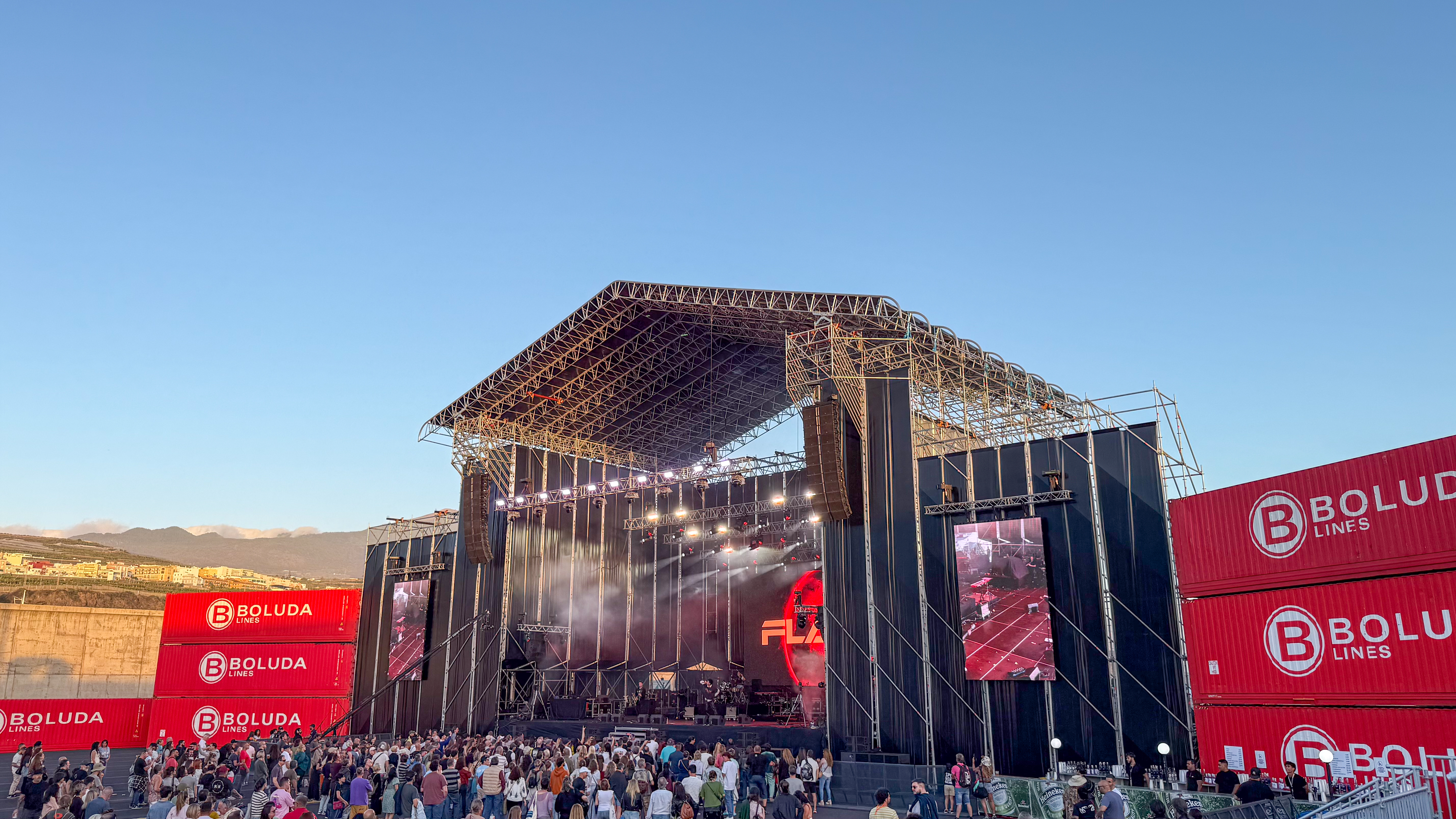
STARMUS La Palma was nothing short of extraordinary. Held from April 25 to 28, the festival brought together more than 45 speakers, including theoretical physicist Kip Thorne, former astronauts Chris Hadfield and Kathryn Thornton, and primatologist and anthropologist Jane Goodall. But it wasn’t just about big names. It was about big ideas and meaningful conversations.
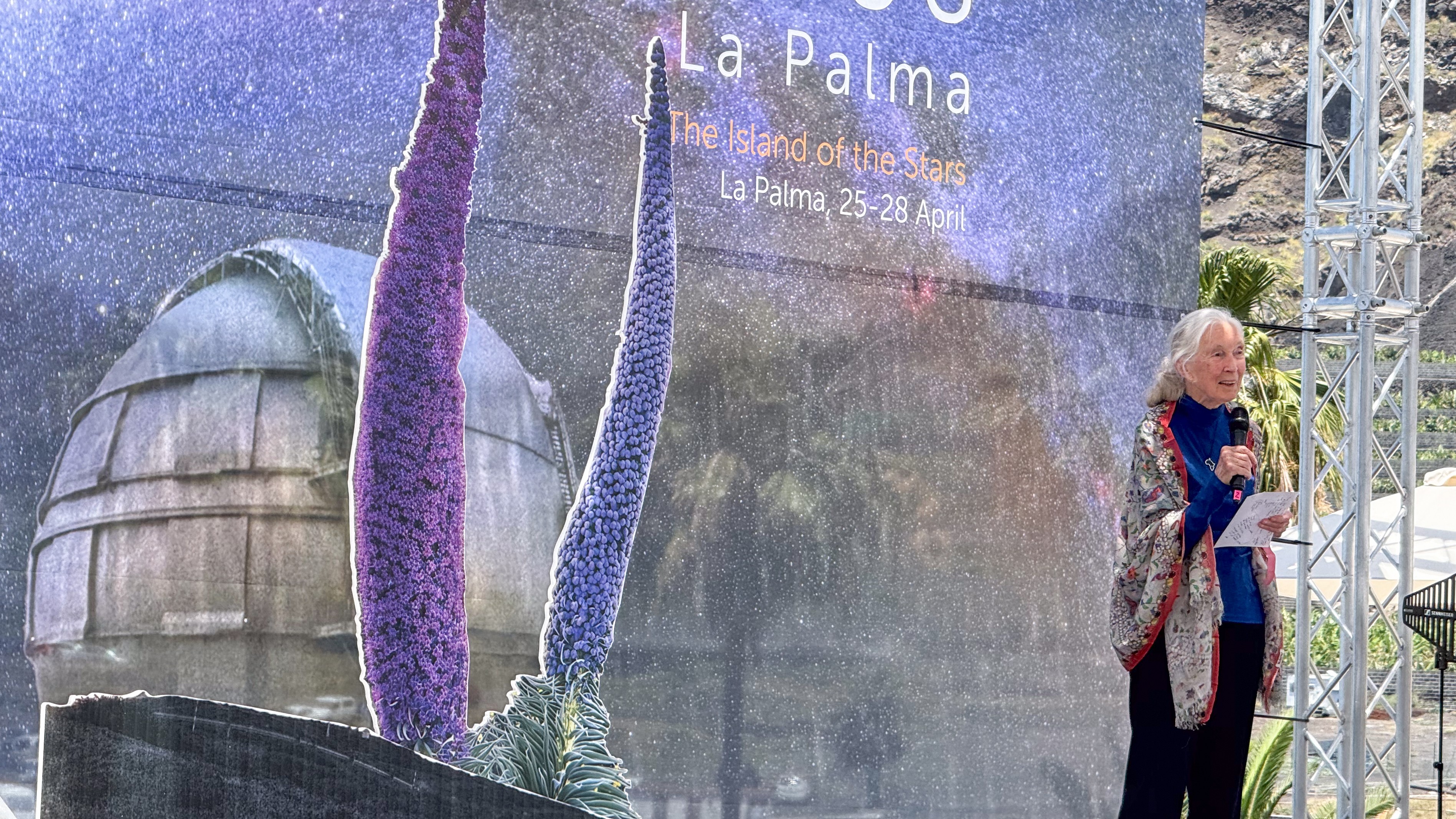
One of the most memorable speeches came from Goodall herself.
“There is this indomitable spirit that people have,” Goodall said during her keynote speech. “So many people tackling projects that seem impossible, people who won’t give up, people who do bring nature back to a place that we have destroyed.”
Goodall praised scientists using our amazing intellect to create technology that will enable us to live in harmony with the natural world, for example, alternative energies.
“Nature will come back,” Goodall said — a simple but powerful message of resilience and hope. Her words resonated deeply with the setting. In La Palma, where the 2021 volcanic eruption devastated entire communities, signs of recovery are now everywhere. Green shoots are pushing through the volcanic soil, and new life is slowly reclaiming the landscape. Goodall’s message wasn’t just metaphorical here — it was visible, growing, and real.
We could make the sky invisible to the ground if we’re not careful
Xavier Barcons, Director General of the European Southern Observatory
Meanwhile, Xavier Barcons, Director General of the European Southern Observatory, gave an eye-opening talk about the importance of dark skies and how big telescopes are changing our view of the universe.
“We could make the sky invisible to the ground if we’re not careful,” Barcons said during his lecture.
Barcons also highlighted the vulnerability of the world’s most precious sky-observing location, the summit of Mount Paranal, the site of the European Southern Observatory’s (ESO) Very Large Telescope (VLT) , which is at risk of being blinded by light pollution from a planned renewable energy project.
Read more: World’s largest telescope threatened by light pollution from renewable energy project
Equally eye-opening was Chema Alonso’s talk on hacking AI. Equal parts thrilling and terrifying, his words painted a picture of a future in which AI’s promise must be balanced by responsible control.
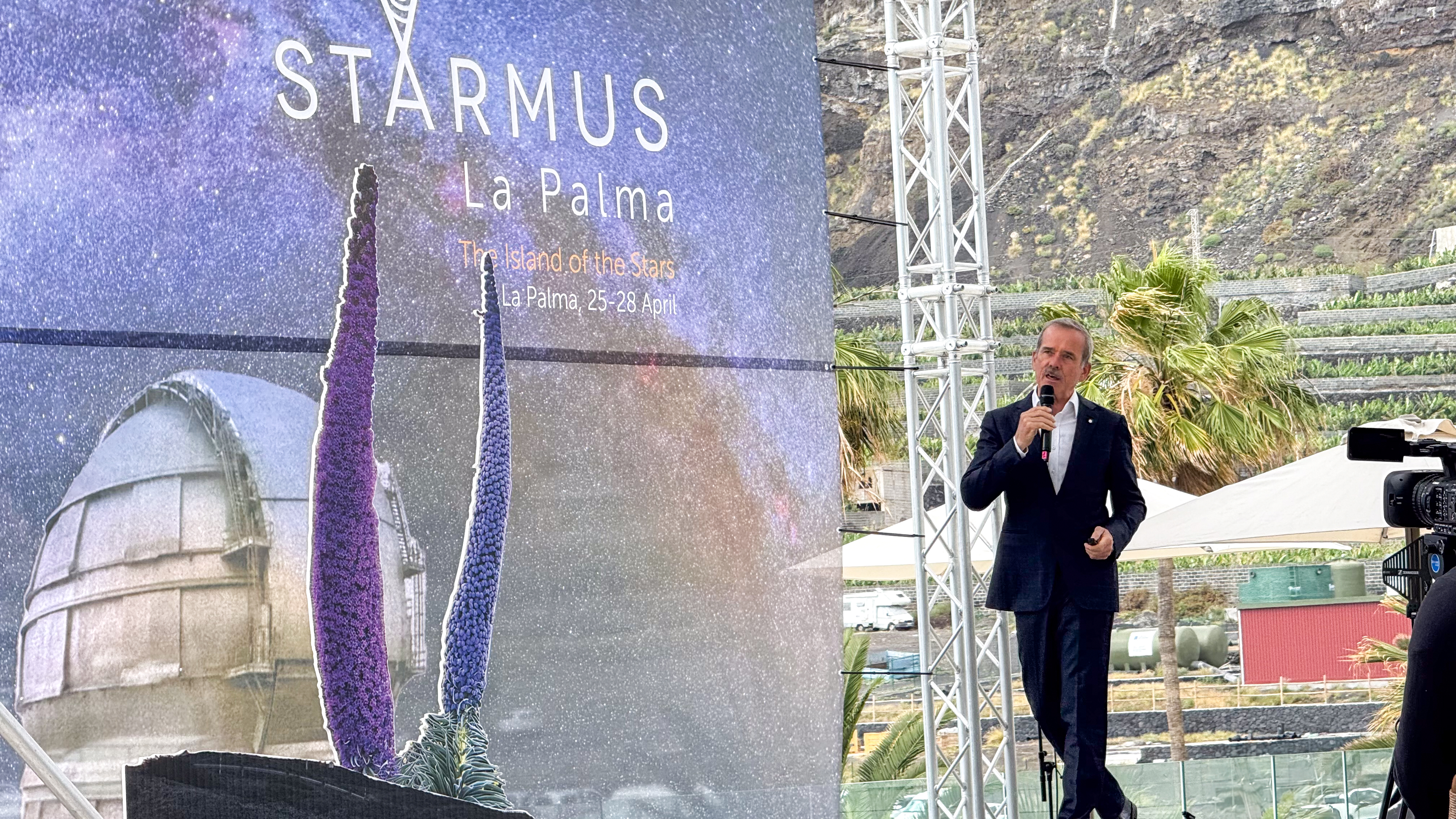
While astrophysicist and SETI pioneer Jill Tarter talked about searching for intelligent extraterrestrial technology, how we do it, and what we are looking for in big to answer the age-old question “are we alone?”
“It’s a very old question, it involves us, our place in the universe, how we came to be and how we might evolve in the future,” Tarter said. “And I think it’s extraordinarily important.”
A glimpse of tomorrow
Throughout the week, speakers raised critical questions about sky pollution, satellite debris and our changing atmosphere. What does it mean to protect the night sky? Should it be considered a human right?
Looking up at La Palma’s pristine skies, it’s hard to believe such a view could disappear. And yet, that’s exactly what many fear. The message from STARMUS was clear: we need global stewardship to safeguard this natural wonder. I see the stars differently now. Not just as points of light, but as fragile beacons. The night sky connects us all — and it’s ours to protect.
As our flight took off from La Palma, the island fell away behind me — its black volcanic ridges, its verdant forests and a sky so impossibly full of stars. I felt changed. Not just inspired, but recalibrated. Back home, streetlights compete with the stars. Life returns to its usual buzz. But something in me has shifted.
I went to STARMUS for science and music. I came back in love with the sky, the science, and the incredible island of La Palma.
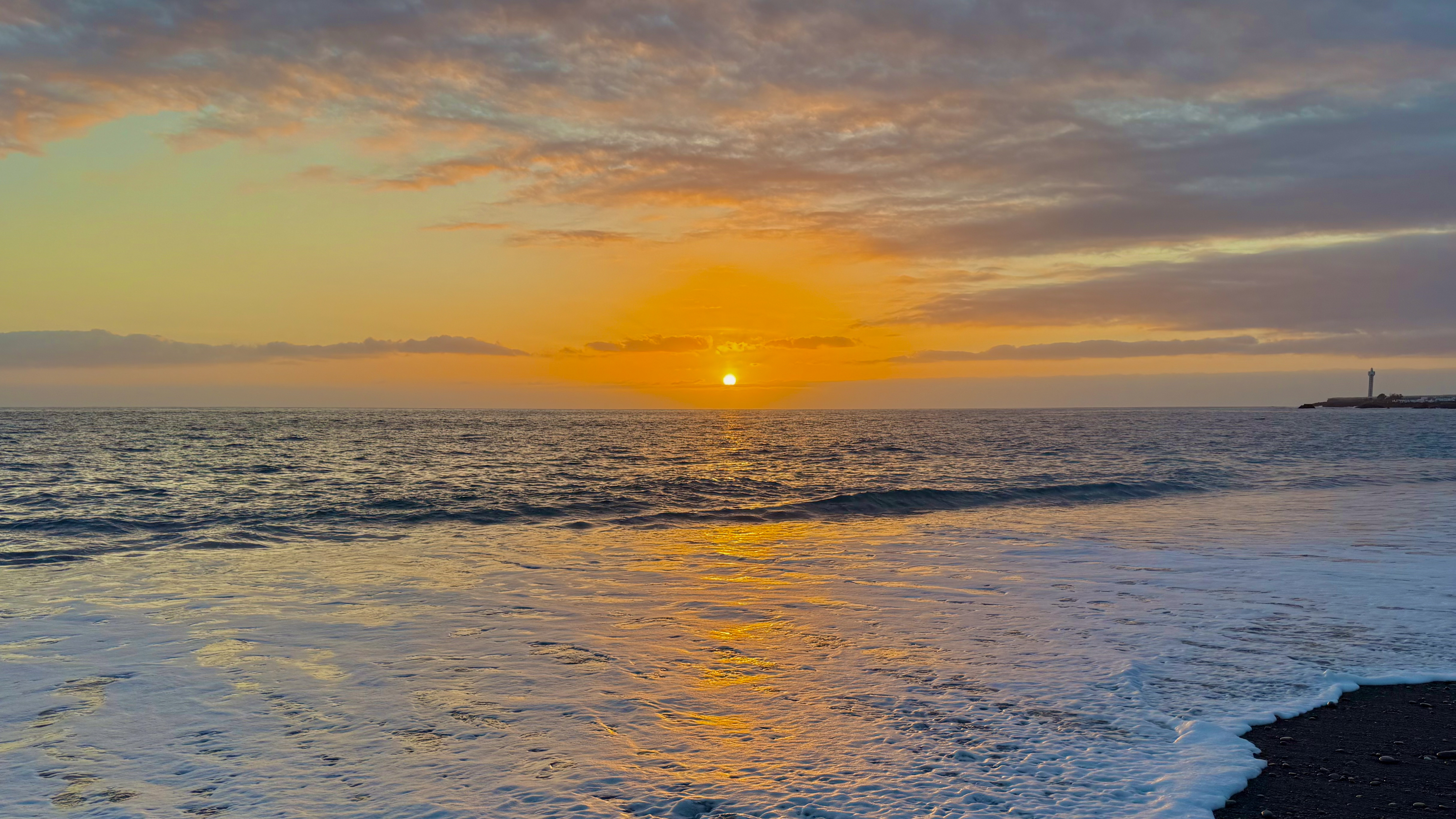
Stay Informed With the Latest & Most Important News
Previous Post
Next Post
-
 012024 in Review: Highlights from NASA in Silicon Valley
012024 in Review: Highlights from NASA in Silicon Valley -
 02Panasonic Leica Summilux DG 15mm f/1.7 ASPH review
02Panasonic Leica Summilux DG 15mm f/1.7 ASPH review -
 03From Polymerization-Enabled Folding and Assembly to Chemical Evolution: Key Processes for Emergence of Functional Polymers in the Origin of Life
03From Polymerization-Enabled Folding and Assembly to Chemical Evolution: Key Processes for Emergence of Functional Polymers in the Origin of Life -
 04How New NASA, India Earth Satellite NISAR Will See Earth
04How New NASA, India Earth Satellite NISAR Will See Earth -
 05And Thus Begins A New Year For Life On Earth
05And Thus Begins A New Year For Life On Earth -
 06Astronomy Activation Ambassadors: A New Era
06Astronomy Activation Ambassadors: A New Era -
07SpaceX launch surge helps set new global launch record in 2024


